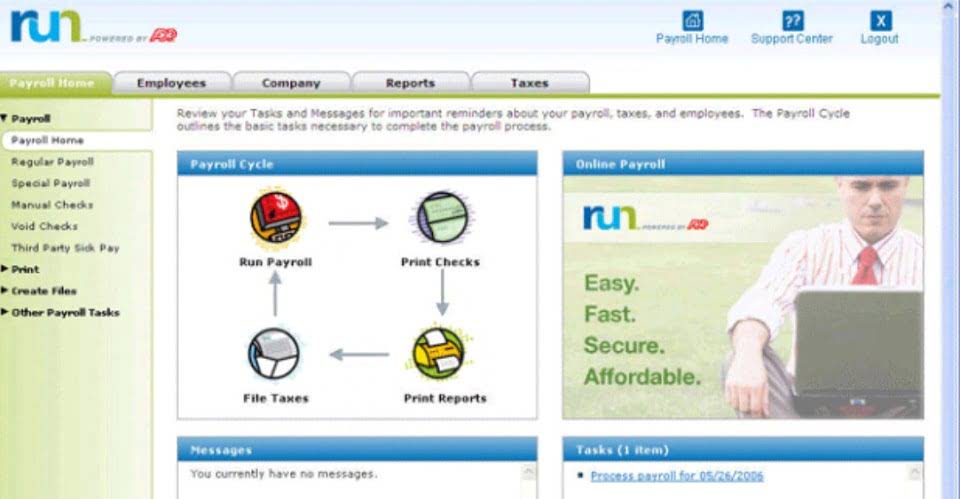The Percentage of Completion Method in Construction: Benefits and Calculations

It’s a balance between providing timely information to stakeholders and ensuring that the information is reliable and not misleading. The percentage of completion method, when applied correctly, meets these dual objectives, offering a transparent lens through which the financial progress of long-term projects can be viewed. For example, if a construction company has a contract for a $10 million project and has incurred $2 million in costs, assuming the total cost estimate remains unchanged, the project percentage of completion method example is 20% complete. Therefore, the company would recognize $2 million (20% of $10 million) in revenue for the period.
- The percentage of completion (POC) method offers a solution, allowing businesses to recognize revenue as a project progresses rather than waiting until it’s fully completed.
- Just like enterprise accounting software, the POC method has many benefits for construction businesses.
- Use this method when each unit or deliverable represents a significant portion of the project’s value.
- Project managers benefit from this method as it provides a clear financial picture of the project’s status, which is invaluable for managing budgets and forecasts.
- It’s a dynamic process that requires meticulous attention to detail and a deep understanding of the project’s scope and deliverables.
- The work in progress report provides a summary of the information used in the percentage of completion calculation.
- However, it requires careful estimation and judgment, making the role of accountants and auditors critical in applying this method effectively.
Cost-To-Cost Approach
- The percentage of completion method is usually used by construction companies for multi-period contracts.
- The company has estimated that it will require 50,000 person-hours to complete the work.
- This ensures the accuracy of their accounting calculations, and helps to avoid cash flow challenges.
- For example, if a contractor is to deliver 50 units and 10 units have been completed, the project would be 20% complete.
This means for most long-term projects, the percentage of completion method should be used. International Financial Reporting Standards (IFRS 15) provides guidance on the treatment of stored materials in income recognition. Stored materials don’t represent completed work, so they have Bookstime to be treated differently.
- This helps to identify operational bottlenecks such as cash flow issues or labor inefficiencies, clearly showing cash requirements throughout the job.
- The entire process requires continuous evaluation and monitoring to ensure accuracy.
- It’s a testament to the synergy between project management and accounting, ensuring that every stakeholder has a clear and accurate picture of the project’s progress and financial standing.
- The Percentage of Completion Method is a dynamic and essential tool for financial reporting in project-based industries.
- The POC method offers a more timely reflection of revenue and expenses, while the completed contract method (CCM) defers them until project completion.
- In the above case, the actual person-hours are lesser than the estimated person-hours.
Transparency for Stakeholders

For construction firms, effectively managing financial statements is an important building block for success. These documents play a key role in tracking performance, maintaining financial health and securing future projects…. Regardless of the accounting method your construction business is using, it’s important to take steps to secure your payments on every project. Progressing through a job can often feel like the last half of a tightly contested NFL game. Using the percentage of completion method, it’s almost as if you have a scoreboard to keep track of all the progress made so far.
Accounting Standards and the Percentage of Completion Method

The percentage of completion method is one of the most common methods of accounting used in construction. In this article, we’ll explain the percentage of completion method, how it works, and give you some real-life examples. Outside of these exemptions, the IRS typically requires the use of percentage of completion for large contractors working on projects spanning two or more years. With that said, some exemptions exist for large contractors; however, any change in accounting methods will likely require the approval of the IRS. Percentage of completion (POC) is an accounting method used to recognize revenues and expenses based on the percent of work done. In essence, costs and revenues are determined by how far along you are on the job.


Underbilling, on the other hand, can lead to lower business profitability and financial difficulties. Always consult with a tax professional to ensure compliance with IRS guidelines when using the percentage of completion method. Tax laws can be complex and retained earnings balance sheet may vary based on the project and business structure.

